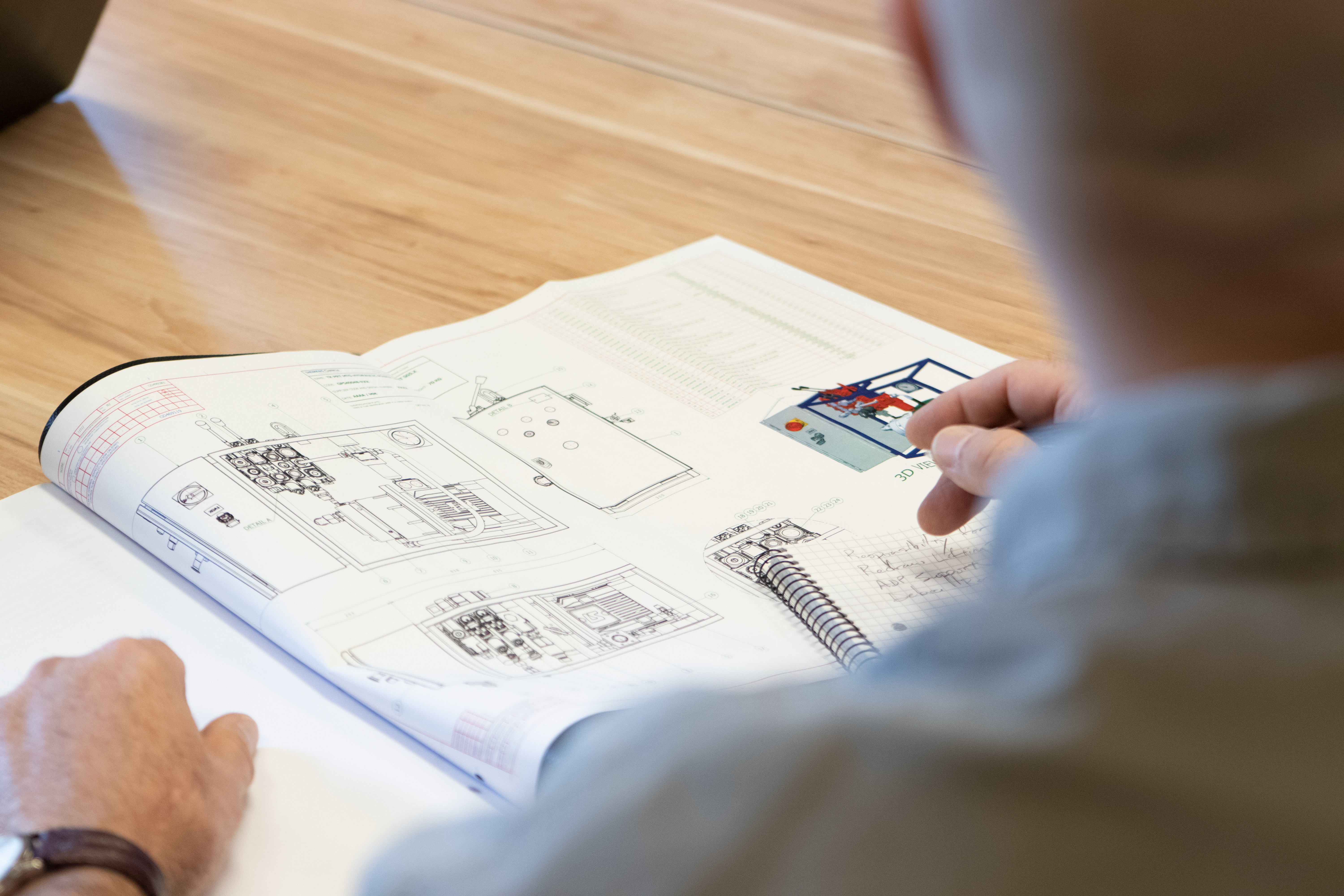
Why standardization should become the standard

BY PETER KRISTOFFERSEN
Peter is our Chief Technology Officer and has a background in technical sales, engineering, product development and management. With more than 10 years’ experience of selling and developing complex, and high performing solutions for the wind industry, Peter knows the industry inside and out.
With him he also carries strong and positive visions for his Engineering, Product, and Project Management departments and believes in challenging the status-quo by combining solid theory with real life experience.
Why standardization should become the standard
The need for green energy has never been greater. Still, wind turbine manufacturers face a tough market with low margins. There are no quick fixes to make wind energy financially sustainable. But standardizing the design principles of tool solutions could be the key to leverage cheaper, modular capabilities – to the benefit of all manufacturers.
Rising costs and bottlenecks in supply chains are currently putting extra pressure on the earnings of most wind turbine manufacturers. Many have already been affected by aggressive bidding in connection with the highly competitive auctions that shape much of the new markets.
Trying market conditions are driving down margins, making it difficult for manufacturers to make a profit; despite the growing need for green energy globally.
While wind power is environmentally sustainable, it will not be financially sustainable if something does not change. It is a complex industry and there is no easy fix. It likely requires a rethinking of many aspects of the supply and value chain.
That said, one low-hanging fruit is reconsidering the way tool solutions are designed, produced, and serviced. My bet is that standardization through shared design principles could play a big role in keeping down costs for tool solution – and help drive up low margins.
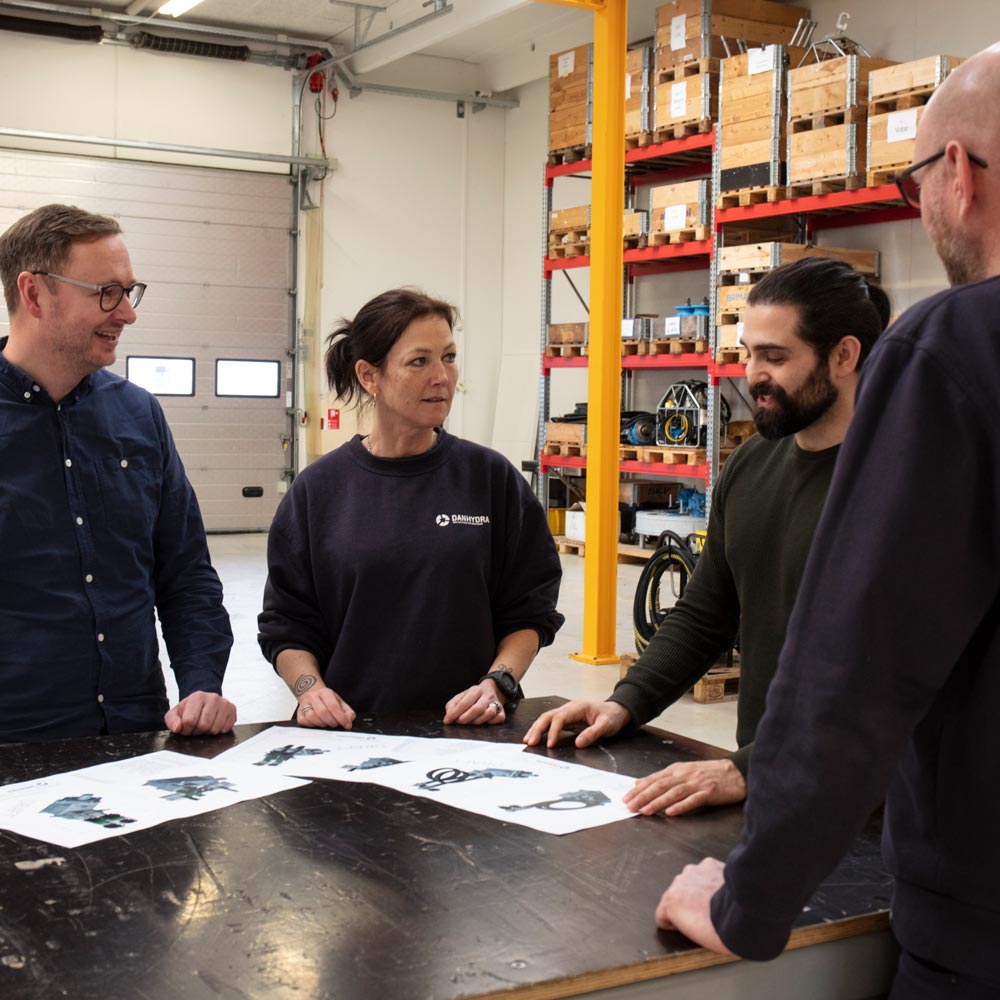

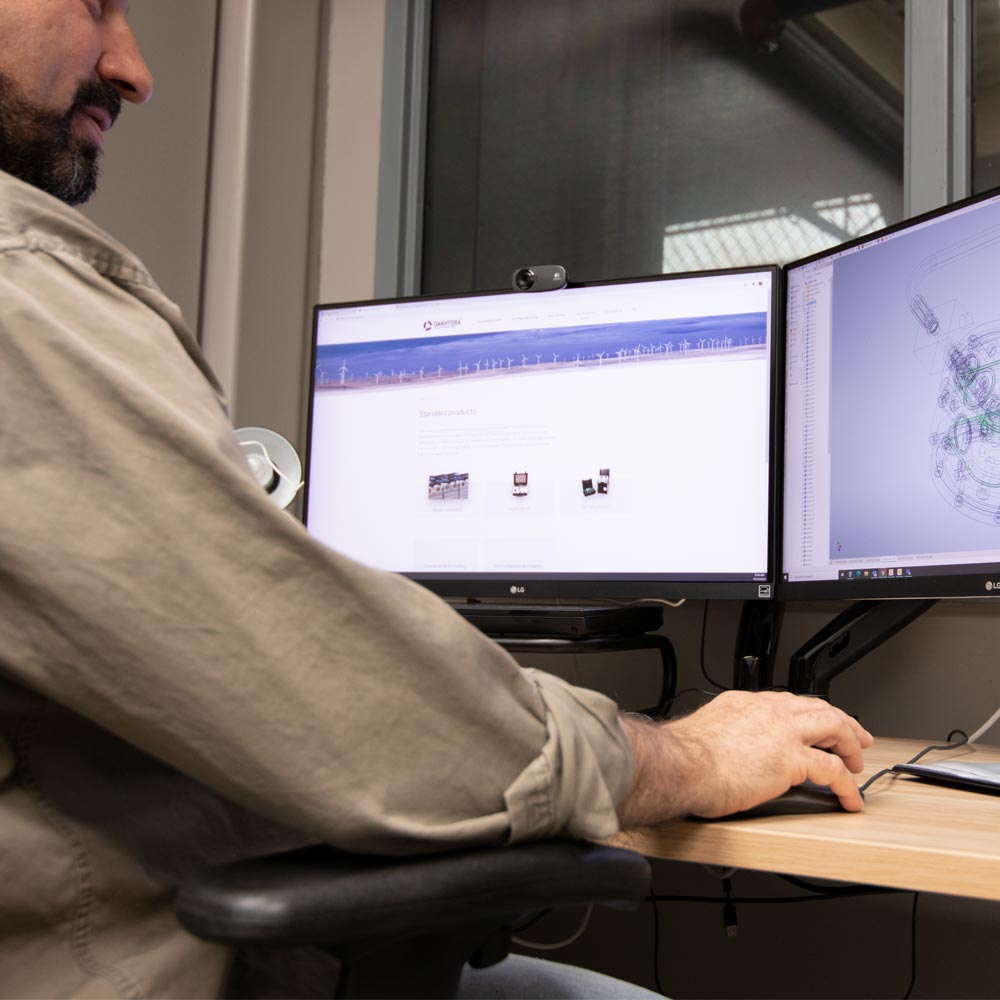
An inherent problem – and a clear solution
As the revenue stream of most wind turbine manufacturers rely greatly on service and maintenance, the notion of multi-brand tool solutions will likely make many executives frown. But stay with me. The potential upside is too big to ignore – and the concept is actually already in place.
Today, tool solutions are all platform specific. In broad terms, everyone has to reinvent the wheel every time a new platform is introduced to the market. It is not just inefficient from a business standpoint but it is actually slowing down the overall shift the wind energy.
Standardizing the design principles of tool solutions without compromising IP rights would offer quicker development, more agile optimization processes, and simpler service.
In addition, standardization can pave the way for truly modular tool solutions capable of handling more tasks with less equipment – potentially across lifecycle phases all the way from manufacturing to servicing.
In other words, more value with less equipment.
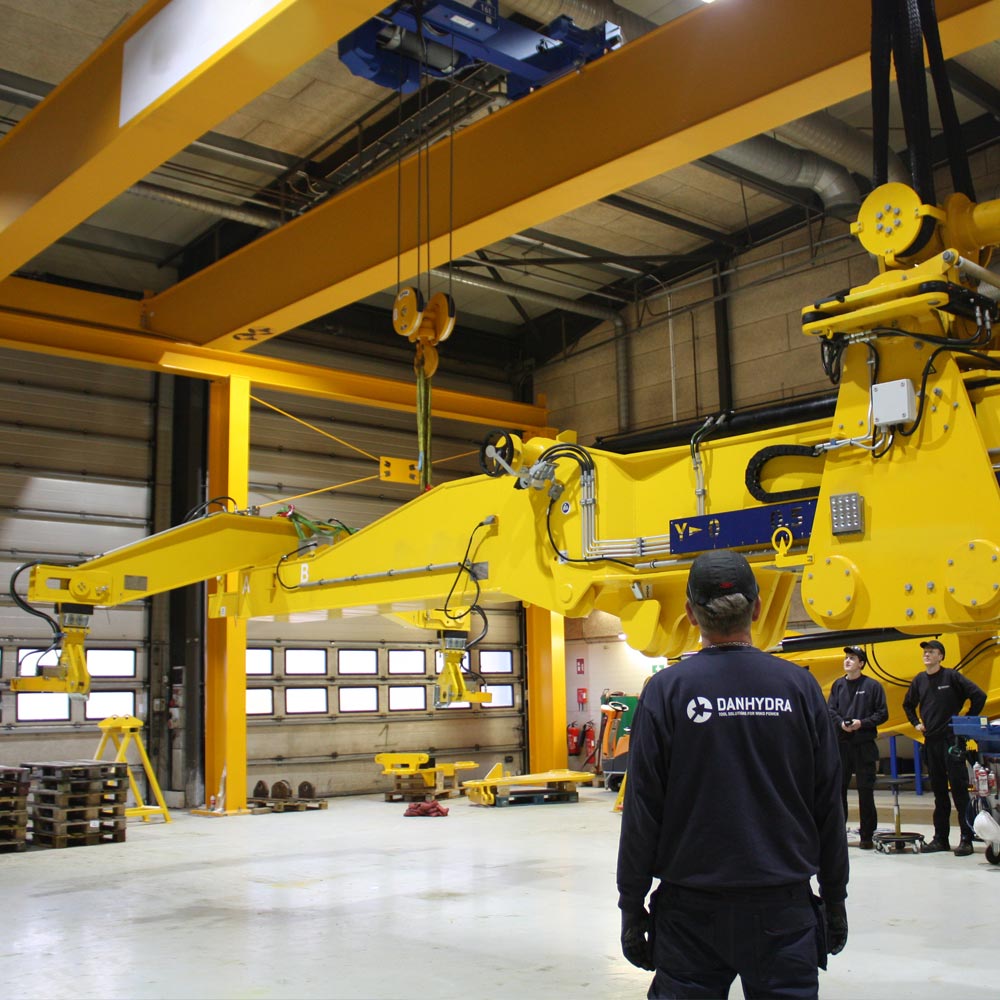
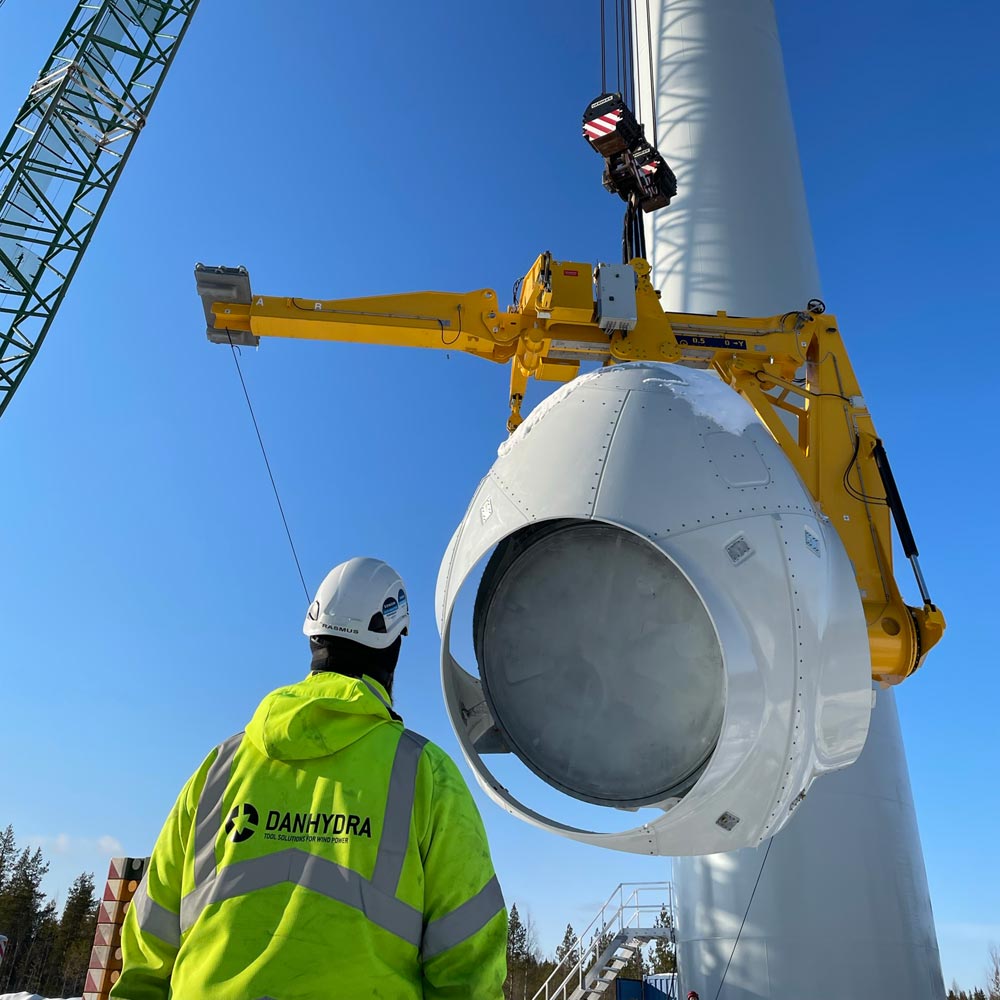
“Standardizing the design principles of tool solutions without compromising IP rights would offer quicker development, more agile optimization processes, and simpler service.Standardizing the design principles of tool solutions without compromising IP rights would offer quicker development, more agile optimization processes, and simpler service.”
Entering the next era of tool solutions
At Danhydra, we already work with standardization to make improvements to tools across platforms.
All our continuous innovations and amendments to design principles and general build quality are automatically shared with all our customers – without ever infringing on the IP rights of individual customers. I fully believe this is the future of our industry and a key to improving conditions for wind turbine manufacturers.
If turbine manufacturers across the board decide to focus more on standardization, the benefits will grow exponentially.
For wind energy to become financially sustainable, standardization needs to become the standard. For the entire industry. Not just because it makes economic sense but because it will help make wind energy much more attractive energy source in the future.
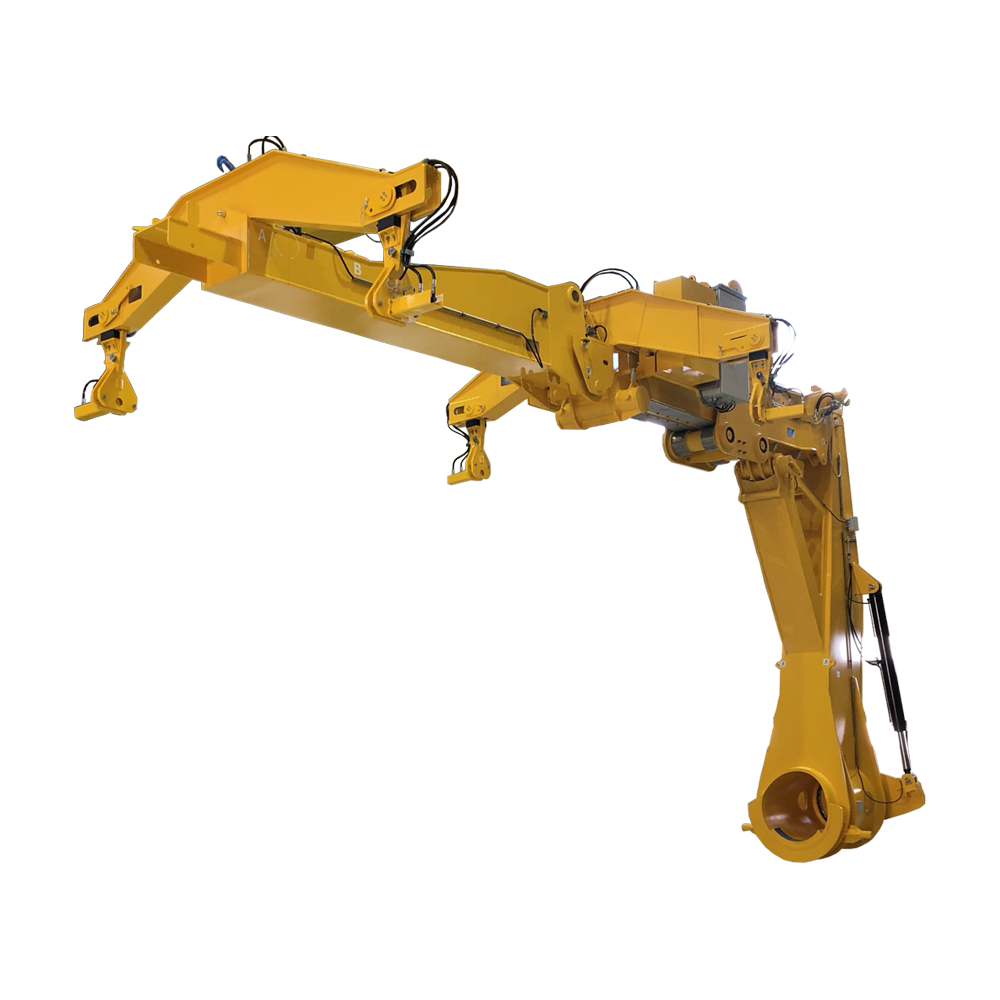

Insights to your inbox
Sign up for our newsletter now and be the first to elevate your wind power game!
Get hands-on insights from real-world case studies, early access to tailored content for your role, expert tips, and gain insider access to the latest trends, innovative solutions, and product updates – all delivered straight to your inbox.
